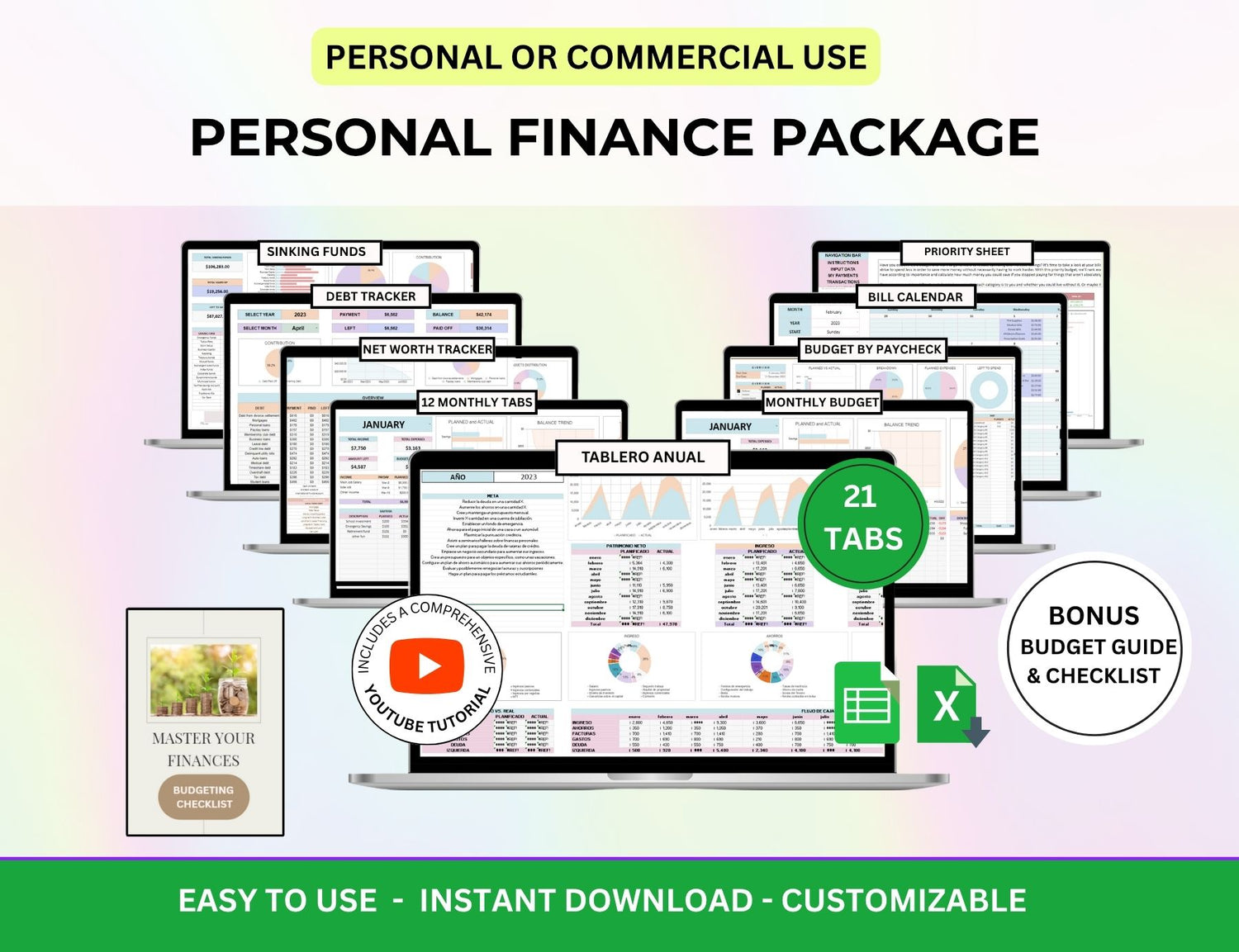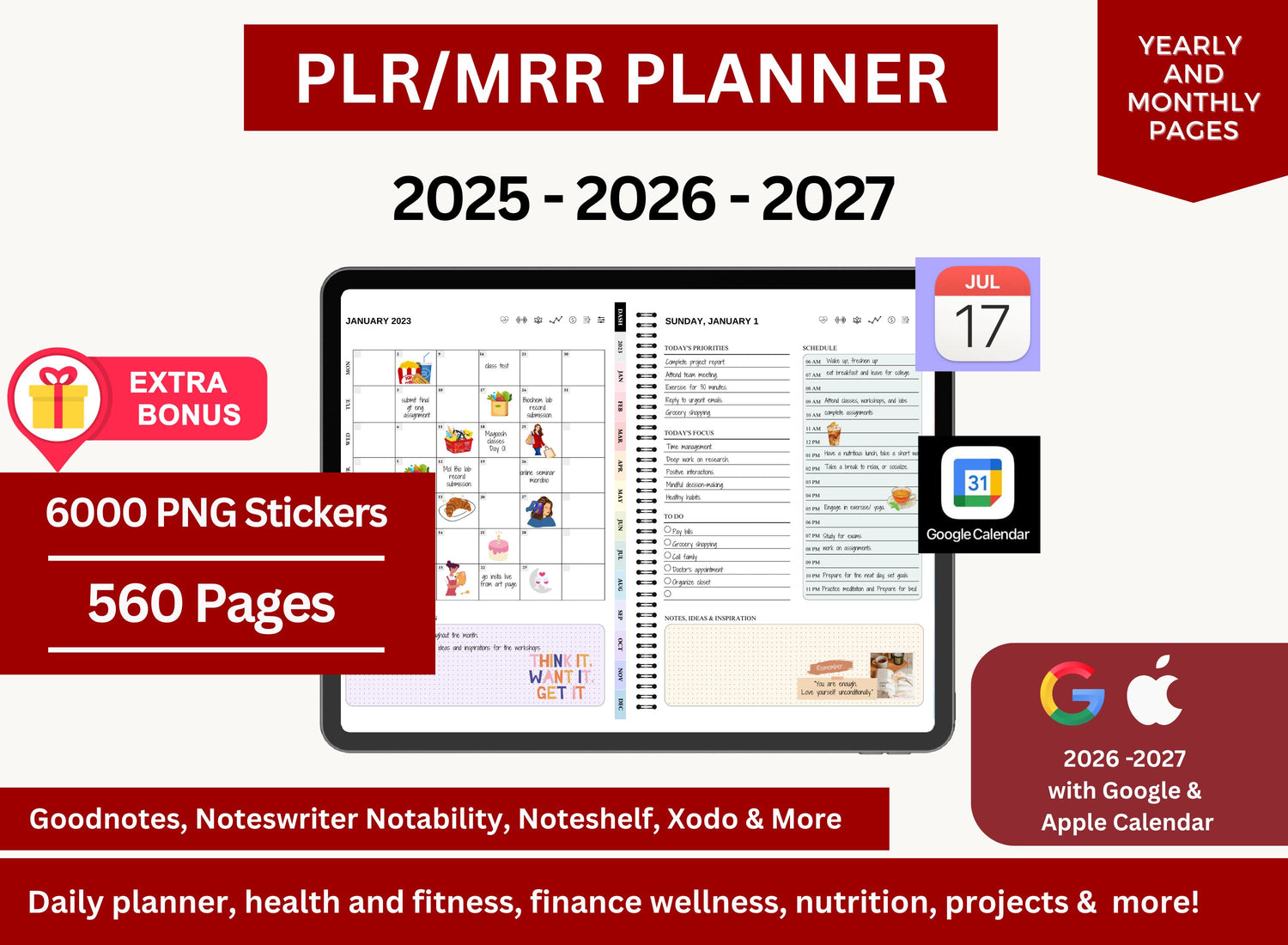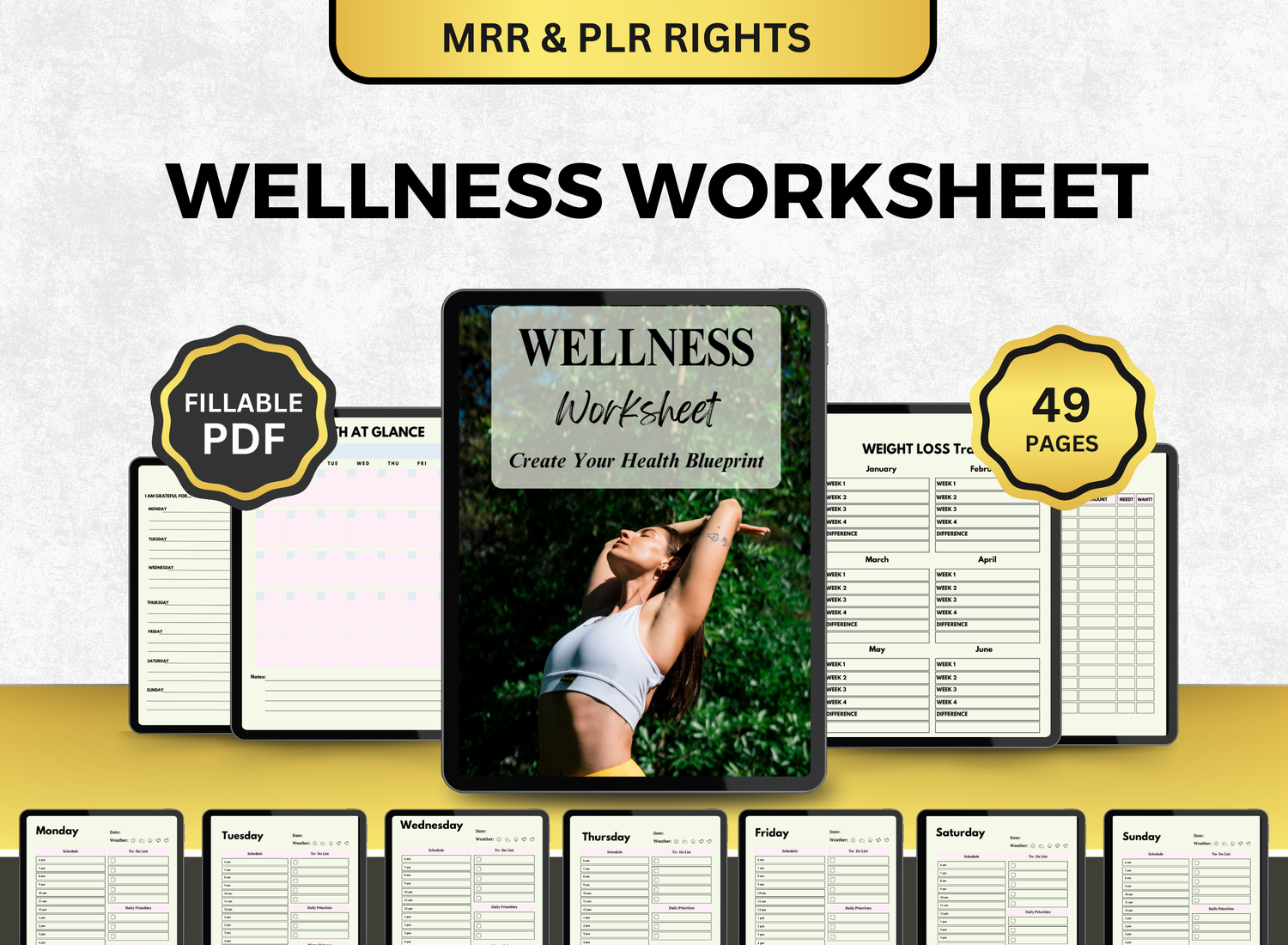Can You Really Make Passive Income With PLR in 2025? Here’s the Truth
There’s no shortage of promises online these days. Scroll through social media or browse YouTube for five minutes and you’ll see it: "Earn passive income while you sleep!" "Start your six-figure side hustle with no experience!" It’s hard not to be at least a little curious. I mean, who wouldn’t want to make money online without trading time for dollars?
Private Label Rights, or PLR, content are usually one of the prime examples given during these conversations. And honestly, it's easy to see why. You buy some pre-written content, maybe an eBook or a bunch of templates, slap your name on it, sell it, and boom—money just starts rolling in, right?
Well... not exactly.
But also, not entirely wrong either.
Like many things in the digital product space, PLR sits in this odd gray area. It can be passive income. Or it can be all for nothing and turn out to be a waste of your time. It depends. On how you approach it. On what you do with it. And maybe, even on a bit of luck.
TL;DR
What’s the Claim? |
What’s the Reality? |
|
PLR still works in 2025—if you use it smart. |
Slapping your name on a digital product won’t cut it. Strategic branding = real results. |
|
Passive income is possible (yes, really). |
But “passive” doesn’t mean “effortless.” Think autopilot, not no-pilot. |
|
Best for? |
Anyone tired of the 9–5 grind who’s ready to try a low-risk digital side hustle. |
What Is PLR, and Why Does It Matter in 2025?
If you’re unfamiliar, PLR stands for Private Label Rights. It’s a license that allows you to buy pre-made content and then edit, brand, and resell it as if it were yours. This could be anything from digital workbooks, checklists, eBooks, course slides, social media templates—really, the list is extensive.
In 2025, the digital products market is booming. That’s not just opinion—it’s backed by numbers. According to a recent report by Statista, global eBook revenue alone is projected to surpass $14 billion by the end of this year. And that’s just one category of digital goods.
More people are looking for flexible, scalable ways to make money online. The appeal of PLR lies in its simplicity. You don’t have to be a writer. Or a designer. Or even particularly creative, honestly. You just need to know how to take something that already exists and make it work for a specific audience.
That said, the ease of entry is both a gift and a curse.
(An example of a PLR product with unique theme; "Grow A Sunflower" habit tracker spreadsheet.)
The Illusion of Passive Income
Let’s clear something up: PLR is not plug-and-play magic. Not in 2025, not ever. You can’t just upload a generic eBook and expect it to become your golden goose. It doesn’t work that way. It probably never did.
Passive income, in this context, usually requires some upfront work. And in the case of PLR, that means:
- Customizing the content
- Rebranding it with a unique voice or perspective
- Finding a proper platform or audience
- Marketing (yes, that too—you still need to market)
But here’s the thing. Once you do that initial work, if you do it well, the product can sell over and over again without much ongoing effort. That’s the “passive” part. Just... delayed. Not instant.
I tried this myself about a year ago. Bought a bundle of meditation journal templates. The kind you find on Etsy or Creative Market. Spent a weekend personalizing the pages, adjusting the fonts, adding a few quotes that felt more "me." Uploaded it. Nothing happened for two weeks. Then a sale. Then another. Not a landslide, but enough to feel, well, possible.
How to Make PLR Actually Work for You
This is where the rubber meets the road. Or maybe more accurately, where the work begins. Because PLR is not about luck. It’s strategy.
1. Choose the Right Niche
Selling to everyone means selling to no one. A tired phrase, maybe, but still painfully true. PLR works best when you target a specific niche. Skincare. Fitness. Personal finance. Mindfulness. Parenting.
There are thousands of PLR bundles floating around the internet, but only a handful are worth your time. For instance, PLR Duck has social media bundles that offer 200 ready-to-use social media templates. They’re clean, well-designed, and speak directly to a niche audience. If you're in a rut—financially, emotionally, or just creatively—offering these kinds of digital downloads as a side hustle could genuinely help turn things around.
(An example of a PLR social media template bundle with a specific market—estheticians.)
2. Add Real Value
Don’t just resell what you bought. That won’t work. Not anymore. Perhaps in 2012, however, now? People are savvier. They can tell when something’s been recycled.
So, improve it. Inject personality. Expand on it. Or maybe reorganize it entirely. Turn an eBook into a 5-day email challenge. Or a workbook into a mini-course.
Small changes matter. A checklist becomes more useful with examples. A slide deck catches more attention when its engaging and personal with its details.
3. Create a Bundle or Offer Stack
You know what makes a $12 digital product sell for $47? Packaging. It’s weird, I know, but presentation changes perceived value.
Let’s say you start with a PLR guide on skincare routines. Add printable habit trackers, include a short video series, throw in the aforementioned social media templates, and you suddenly have a complete business-in-a-box for estheticians.
Yes, it takes work. But just once. After that, the whole thing can live on a platform like Gumroad or Etsy, selling over and over.
(Another example of an esthetician social media template bundle.)
Where to Sell PLR-Based Products
This part’s actually kind of fun. Because once you’ve got your digital product polished up, there are plenty of platforms where you can sell it:
- Etsy – Great for templates, printables, planners.
- Gumroad – Ideal for creators, supports pay-what-you-want pricing.
- Payhip – Simple and clean, good for small catalogs.
- Your own website – More work, but more control.
- Social media – Instagram, Pinterest, TikTok (yes, really) can drive organic traffic.
Just remember, visibility doesn’t happen automatically. Even the best product needs eyes on it.
A Few Caveats You Should Know
I feel like it’s only fair to mention the other side. Because it’s not all upside.
Oversaturation
Some PLR categories are flooded. Personal development. Weight loss. Crypto, lately. It’s not impossible to break into these areas, but it’s tougher. If you’re not bringing something different to the table, your product might just disappear into the noise.
Quality Varies (A Lot)
Honestly? Some PLR is garbage. Poor grammar, outdated info, weird formatting. Be picky. Sites like PLR.me and PLR Duck tend to offer higher-quality content, but even then—review everything.
Legal Stuff
Always check the license. Just because you bought it doesn’t mean you can do anything with it. Some PLR restricts redistribution, resale, or use in paid ads. Read the fine print. Twice.
PLR vs. Master Resell Rights (MRR)
Quick side note, because people confuse these terms all the time. Master Resell Rights (MRR) gives you the ability to resell both the product and the rights to resell it. So, your customer can then turn around and sell it again. And so on.
That sounds good in theory, but it usually means the market gets saturated really fast. PLR, especially when customized, has a longer shelf life.
If you're looking for something a bit more evergreen, PLR (especially in niche markets) might be the better route.
(An example of a digital product with both PLR and MRR; airbnb rental income and expense spreadsheet.)
Why People Are Still Betting on PLR in 2025
The economy feels uncertain. Job security isn't what it used to be. Remote work is shifting again. AI is automating tasks people once got paid for.
So yeah, people are looking for ways to diversify income. For some, PLR is a side hustle. For others, it becomes a full-time gig.
And I get it. A few years ago, I was burned out from freelancing. I wanted something quieter, more scalable. PLR felt like a manageable leap. Not too risky. Not too technical. And once I saw that first $19 sale come in... I don’t know. It gave me just enough motivation to keep going.
Final Thoughts: Is It Worth It?
Let me put it this way: PLR isn’t a scam, but it’s not a shortcut either. It sits somewhere in between.
If you’re willing to treat it like a business, to put in a few hours upfront, to actually care about the product you’re offering—then yes. You can make passive income with PLR in 2025.
Is it guaranteed? No. Is it effortless? Also no. But is it possible? Definitely.
And sometimes, when you're stuck in a hard place—financially or just feeling lost—starting something small like this can be a spark. A simple win that grows into something more.
Whether it’s $50 a month or $5000, that extra income can change things. Pay a bill. Fund a trip. Ease some anxiety.
If you're struggling, or just looking for a way to add a bit of stability to your finances, selling digital products through PLR might be worth exploring. It's not perfect, but very little is.










